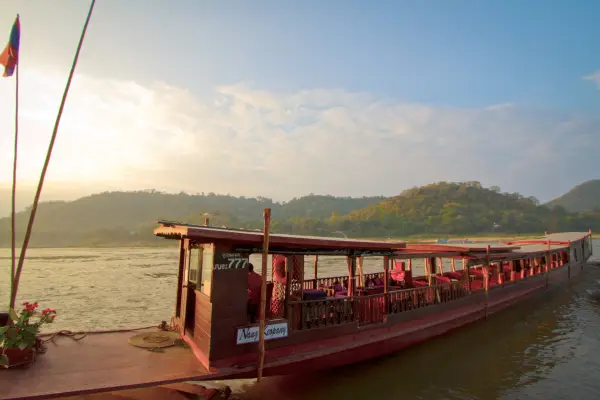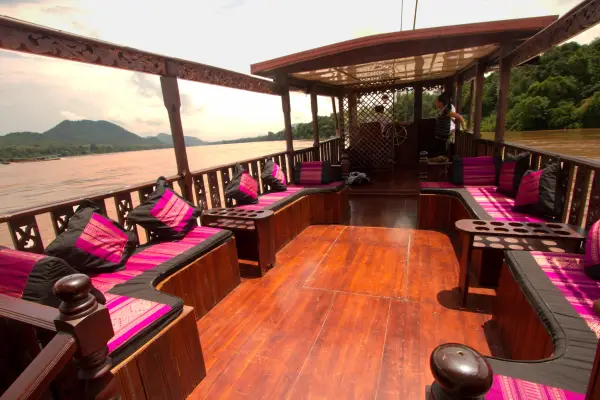Bokeo is located in the Northwestern part of Laos, and 70% of its land is mountainous. Bokeo is within the "Golden Triangle" and borders Thailand and Myanmar to the West, with Luang Namtha, Oudomxay and Xayabouly to its Northeast, Southeast and South respectively.
Before the foundation of Lao PDR, Bokeo was a neglected town under the administration of the old and new colonialism, but was established as a branch of Luang Namtha Province in 1975. The named “Bokeo” means the pits of sapphire “Keo-Praseuth”, because the area is a rich mining center for gold and sapphire. Gold panning and digging for precious stones are therefore the most lucrative occupations in Bokeo.
The Province is home to a large number of ethnic groups, each with their own lifestyle and customs. There are over 400 villages in Bokeo.



